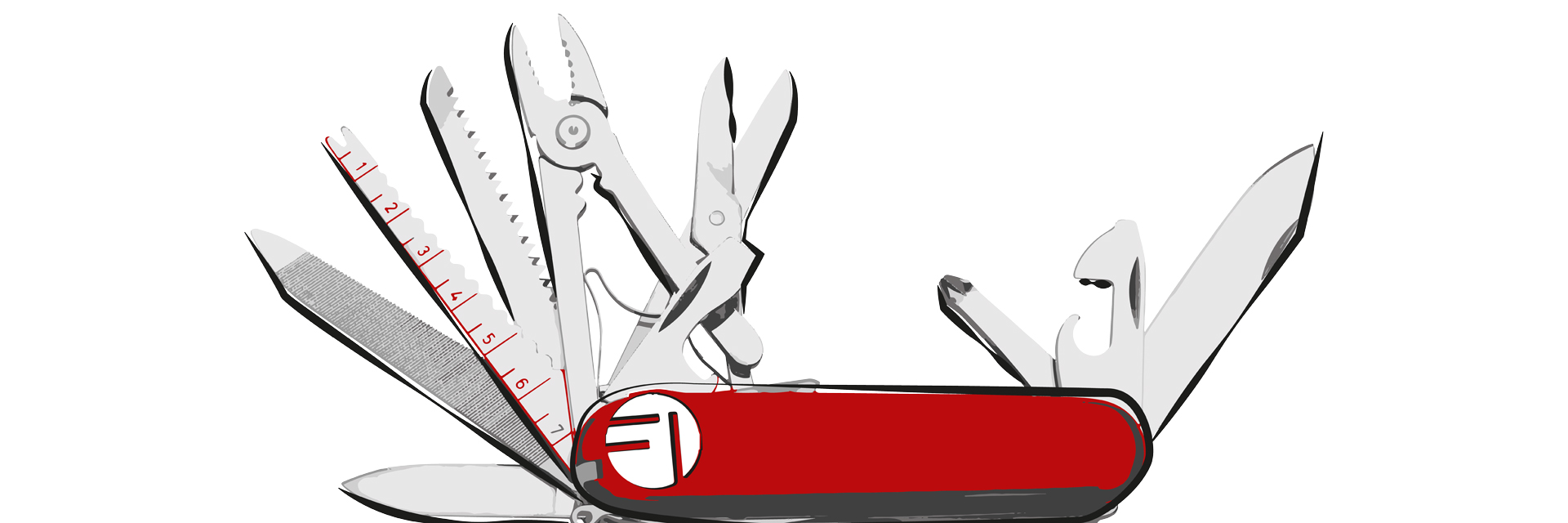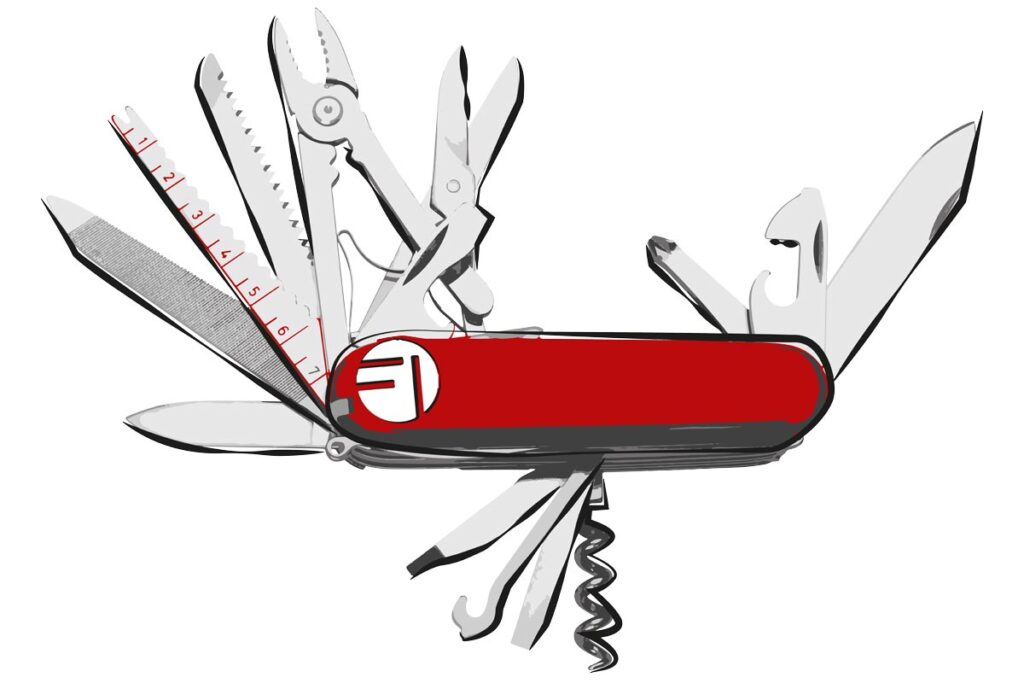Sometime in the mid to late 1990s, an article from the English DIY scene piqued my curiosity.
The text was written by Thorsten Loesch, who until 2019 was the mastermind behind one of the most creative companies in the entire hi-fi circus and was once known in the scene as an incredibly active DIY hi-fi nerd. The article was about a digital equalizer that was as inexpensive for the time as it was feature-rich. Just like a child that has seen a Swiss army knife for the first time, I was immediately hooked and ordered the device. And just like the kid with the pocket knife, I got up to all sorts of nonsense with the equalizer. Unfortunately, the quality of the music playback rarely benefited from any of this. At some point I lost interest in the jack-of-all-trades and sold the device, only to find out shortly afterwards that its successor had seen the light of day. This was even cheaper and offered even more possibilities to bend the sound. Wonderful, finally some playtime again! Other measures had served me better in improving my music playback system, but this thing just triggered a “want-to-have” reflex and I absolutely had to have it. Many of my fellow sufferers will probably have had a similar experience. This time, however, the equalizer remained permanently in my collection and recently, it even got reactivated again.
For some time now, I’ve been looking for a way to spice up old music recordings in purely digital form without converting them to analog. A little lift on the bass or treble while lowering the mids a tad or vice versa can make a world of a difference. In earlier times, every amplifier had a few tone controls for this very purpose. The pinnacle of the evolution of such sound enhancers was then as now the Cello Audio range, unfortunately unattainable for me and also not a digital device. For fully digital chains like mine, such sound enhancers also exist, but their capabilities fit my requirements about as well as the capabilities of a supercar for driving to the bakery on the next street corner. Unfortunately, digital and a focus on the essentials seem to be mutually exclusive. Why is that, why is “more” always equated with “better”?
Back to my old digital equalizer. Although it’s already 20 years old, it’s completely overkill for the little bit of sound control it’s now being used for. Unlike many of its modern counterparts, however, it is still pure hardware that works independently without any computer support. It can also be configured to limit itself to what is essential for the task at hand and is reasonably intuitive to use. Not quite as intuitive as the tone controls from yesteryear, but still. If the device proves to be sonically transparent in linear mode, the old box might just become a permanent guest in my listening room.
Time will tell …


